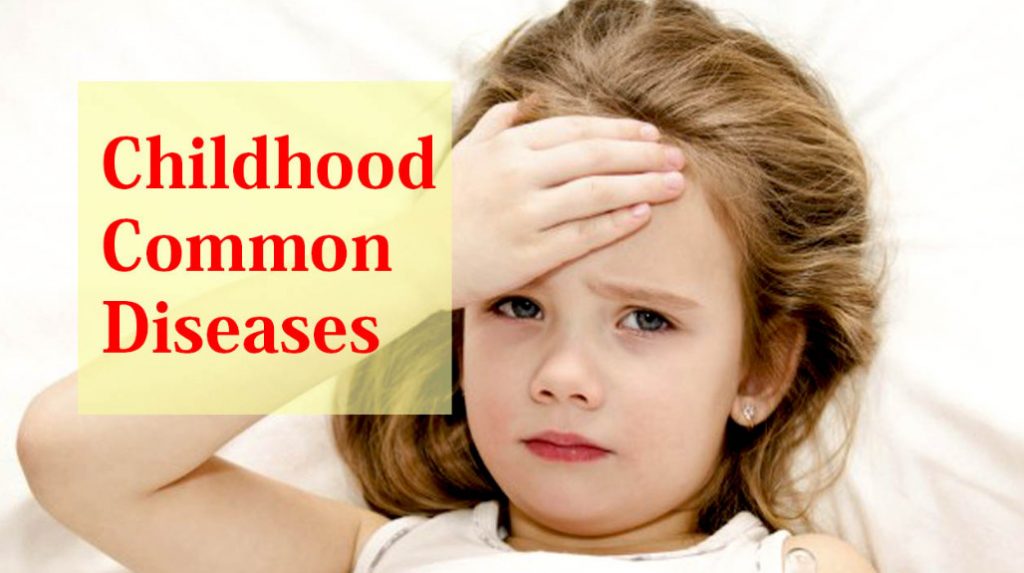Children are more prone to diseases than adults as their immune system are underdeveloped. Knowing the common childhood diseases can help with ensuring proper prevention methods and keeping a child safe.
Chickenpox
Chickenpox is a skin infection that is caused by varicella-zoster virus. It is most common in children under the age of ten. The symptoms start to develop 14 to 16 days after one is exposed to the virus, and they include sore throat, cough, fever, and headaches. Vitamins B-12, vitamin A with beta-carotene, and vitamins D, E, and K are beneficial to those infected with chicken pox virus. With the introduction of the vaccine against the chickenpox virus, its occurrence has reduced significantly.
Cold & flu
Cold and flu are both contagious illnesses. The symptoms associated with colds are mild compared to flu which has symptoms like runny nose, fever, dry throat, aches, and chills. Kids tend to experience fever when they have a cold, as their bodies are not adequately equipped to fight off infection without significant increase in temperature. Young children also suffer from cold on a regular base as their immune system is not strong enough to fight off various viruses. Supplements which contain added zinc, Echinacea, and vitamin c can help to shorten the duration of a cold.
Conjunctivitis
Commonly known as pinkeye, it occurs when the outer layer of the eye and the inside of the eyelids becomes inflamed. It is most common in children as it is highly contagious and can spread rapidly through schools and daycares. This infection is caused by a bacterial and viral infection, or occurs as an allergic reaction. Some of the most common symptoms associated with conjunctivitis include redness and irritation of the eyes, itchy and teary eyes and pus around the eyes.
Foods rich in Vitamin A and B2 may also be helpful in the treatment of conjunctivitis and can be resolved within a couple of days to a few weeks.
Hand, foot and mouth disease
This is a mild illness that most commonly affects kids under the age of five years. This condition can be due to some different forms of enteroviruses and is widely associated with blisters on the fingers, palms, soles of the feet, mouth, sides of the tongue, and on the buttocks. Some children also experience sore throat, fever and lack of appetite.
This disease is caused by an infection called Coxsackie virus, and it spread through droplets from sneezing and coughing, from the fluid of the blisters of an infected person.
It is necessary to make sure the child gets plenty of water to drink and eats a diet rich in squashes, leafy greens and liver can help reduce the duration of the illness.
Measles Disease
Measles is an infectious disease caused by paramyxovirus virus. It a communicable disease that spreads from one person to another very quickly. It can be unpleasant and often leads to severe complications if not treated early enough. Early symptoms of skin infection include; fever, cough, fatigue, sore throat, runny nose, sore, watery eyes and a rash appears after the third or fourth day.
Measles is a vaccine-preventable disease and vaccination against the disease is recommended as part of routine childhood immunization.
Need medical help? Primary Medical Care Center is only a phone call away: 305-751-1500
